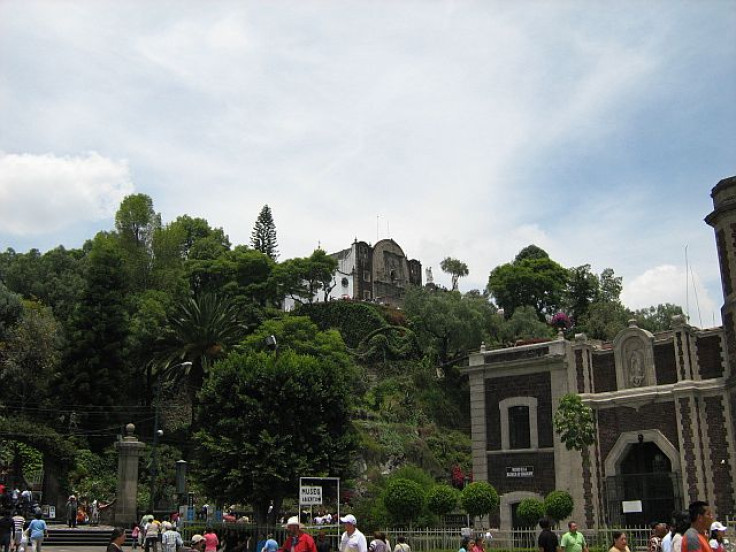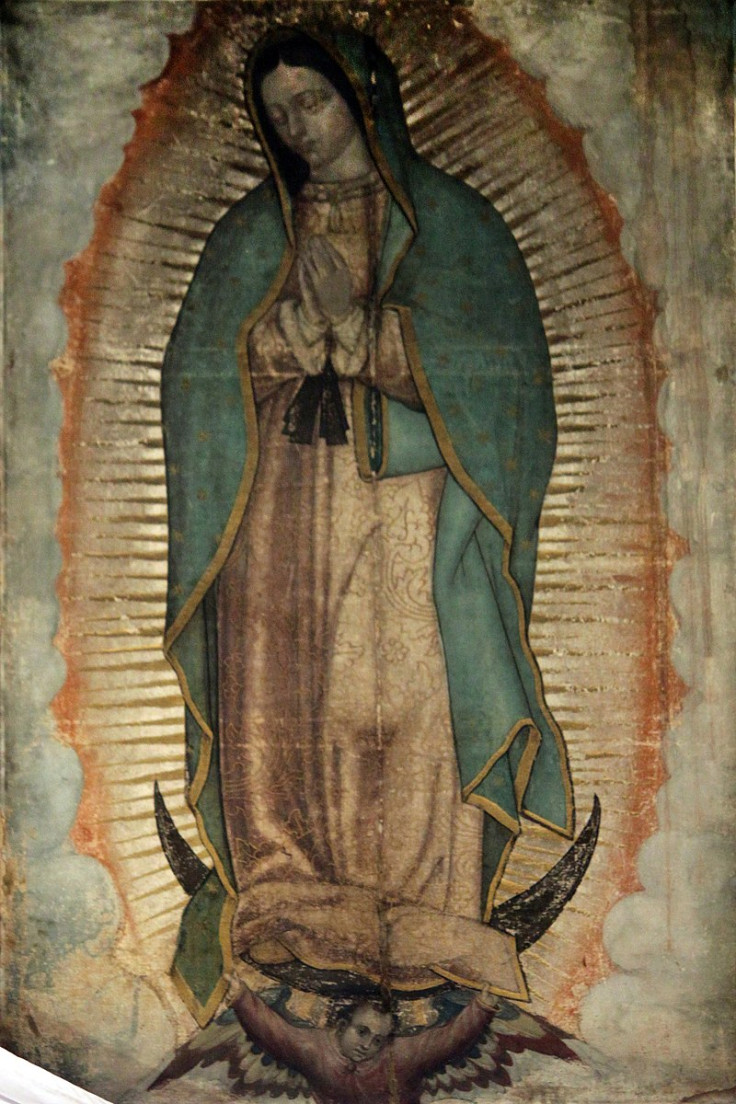
The Day of Our Lady of Guadalupe, also known as 'Nuestra señora de Guadalupe' or 'Virgen de Guadalupe' in Spanish, commemorates the revered image of the Virgin Mary, holding the most significance in Mexico. It has also become a popular date in the U.S. due to the large Latino community in the country.
The 'Virgin of Guadalupe,' considered the 'Holy Patroness of Mexico', is one of the Marian apparitions, manifestations of the Virgin Mary before one or more individuals. That's why in the United States, she is also referred to as the Mexican Mary.
The faithful celebrate nationwide festivities on this day. Masses attract thousands and pilgrims make their way to the Basilica of Guadalupe to witness the image of the Virgin Mary.
In the United States, vibrant processions are common occurrences in major cities like Los Angeles, San Diego, and Dallas, all of them featuring heavy Latino populations. Other parishes in the country also host sizable Mexican-American congregations, organizing special masses and prayers dedicated to commemorating this festive occasion.
Where Did 'Our Lady of Guadalupe' Appear?

According to Mexican oral tradition and as documented in historical records from the Vatican and other sources, in early December of 1531, an indigenous man named Juan Diego was on his way from the town where he lived to Mexico City to attend catechism classes and hear Holy Mass.
As he reached a hill called Tepeyac, he heard a voice calling him by name and saw a Lady of extraordinary beauty whose garment shone.
That place, historically known by the names Tepeyacac and Tepeaquilla, now houses the Basilica of Guadalupe, a prominent destination in Mexico that attracts millions of tourists and pilgrims every year.
'Our Lady of Guadalupe's Story: Four Apparitions

According to the story, the Virgin of Guadalupe asked Juan Diego to convey her desire to have a church built on that hill, but the Archbishop of Mexico City, Juan de Zumárraga, did not believe him and refused to build the temple.
Later on that same day, Juan Diego encountered the young woman, who urged him to persist in his efforts. After doing so, the Archbishop directed him to return to Tepeyac and request a miraculous sign from her to validate her identity.
Juan Diego was supposed to return to the same spot the next day, where the woman promised to provide the sign. However, his uncle was gravely ill, on the verge of death. He hurried to find a priest, but unexpectedly, Mary appeared to him and inquired about the situation.
In the tales, the Virgin healed his uncle and instructed Juan Diego to ascend to the hill's summit, where he discovered blooming Castilian roses. When Juan Diego unfolded his tilma, a type of outer garment worn by men as a cape, in front of Bishop Zumarraga, the roses cascaded to the ground, revealing the image now renowned as Our Lady of Guadalupe.
Why is 'Our Lady of Guadalupe' so Important?
The meaning of 'la Virgen de Guadalupe' is vital to Mexican religious history. Pope Pius X proclaimed her "Patroness of all Latin America," Pius XI did so of all the "Americas," while Pius XII called her "Empress of the Americas," and John XXIII "The Celestial Missionary of the New World" and "the Mother of the Americas."
However, according to John Moran Gonzalez, director of the Center for Mexican American Studies at the University of Texas at Austin, she is not only a religious icon but a social one as well. "Our Lady is seen as the champion of the underdog, of the Indian, of all those who lack power in society," Gonzalez said in an interview with NBC News. "In that sense, she continues to be relevant as long as disparities in economic and political power exist."
© 2023 Latin Times. All rights reserved. Do not reproduce without permission.







